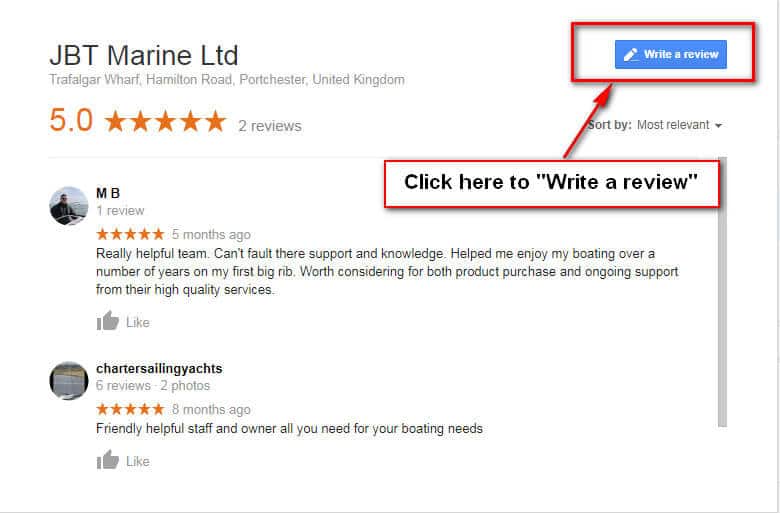7 Tips on towing your RIB
One of the great advantages of owning a RIB is that it’s easy to move around by road trailer. Take it to the coast, launch at different harbours or take it on holiday. You can tow your RIB behind most family sized vehicles.
Our two part guide takes you through everything you need to know about how to tow a RIB.
1. Get set up for towing your RIB
If you are planning on trailing your RIB it is important to take time to ensure you get the right trailer, lights and equipment. Also that you are fully competent before setting out on the road. Part 1 of our Towing Your Rib guide will steer you through the details you need to get started.
2. The correct license for towing a RIB
If you passed your driving test after January 1997, new legislation came in which states you must pass an additional test to prove that you are safe to tow any trailer with a load greater than 750kg.
Doing a trailer driving course or getting private instruction in towing is often useful. Especially for learning reversing and manoeuvring skills with a large trailer.
3. Select a car with suitable towing capacity
Ensure that the vehicle you intend to tow your boat with is suitable for the job.
- Check the gross weight of trailer and boat does not exceed the towing capacity of your vehicle or engine.
- The car’s maximum towing limit should be found in the vehicle handbook or on the chassis plate which is usually under the bonnet.
- If no exact towing limit is specified, look for the Gross Train Weight (GTW) and the Gross Vehicle Weight (GVW).
- Vehicle’s Towing Limit = Gross Train Weight – Gross Vehicle Weight
If you are in any doubt, call the manufacturer to check as it is illegal to exceed the car’s towing limit.

4. Buy the right trailer for your RIB or powerboat
Ensure you buy a trailer which suits both the weight and dimensions of your boat
- When choosing your trailer be sure it does not exceed the maximum weight of the trailer given by the manufacturer
- When searching you need your boat length, and the true kerb weight of the boat (which includes fuel and all equipment aboard)
- If you are buying second hand ensure you view the trailer before purchasing it
- Carry out a general appraisal of its condition
- Check the tyres, brakes, bearings, winch and lights are in reasonable condition
- If they are not you may have to change them and get the trailer services
It is always advisable to buy a reputable brand of second hand trailers as replacing broken bits and obtaining spare parts will be easier. Be aware that although the trailers do not necessarily have a maximum life, the availability of their parts does.
For advice on purchasing a second hand trailer, please call us on 023 9239 7000
5. Vehicle and trailer dimensions
The length of trailer that you are permitted to tow with your vehicle depends upon the vehicle’s gross towing weigh
- Maximum permitted length of towing vehicle and trailer combined is 18
- Maximum overall permissible train length is 18.35m (this includes a potential overhang)
6. Trailer Lighting – legal requirements
Ensure you have a working trailer board, that is fixed securely to the trailer. Be sure the number board is clear and matches your vehicle. You will need:
- 2 x back sidelights
- 2 x red stop lights
- 1 x illuminated number plate
- 2 x red triangular red reflectors
- 2 x amber indicators
If the trailer is wider than 1.3m it must have at least one fog light.
7. Practice driving with a trailer
If you are new to trailer driving, practice somewhere like a deserted supermarket car park at night.
- Drive forwards, stop and turn down each of the parking rows
- Try reversing – carefully, and take your time
- Be aware that most normal driving characteristics change dramatically when towing
- You will need to do all basic driving manoeuvres like turning, accelerating and stopping much more slowly
- Allow more room when you overtake and pull in.
- Watch the trailer on corners and go carefully over bumps or ramps
- Allow more time to brake and stop
- Generally be more patient!
Did you find this article useful? There is more to learn in part 2 of this series.


